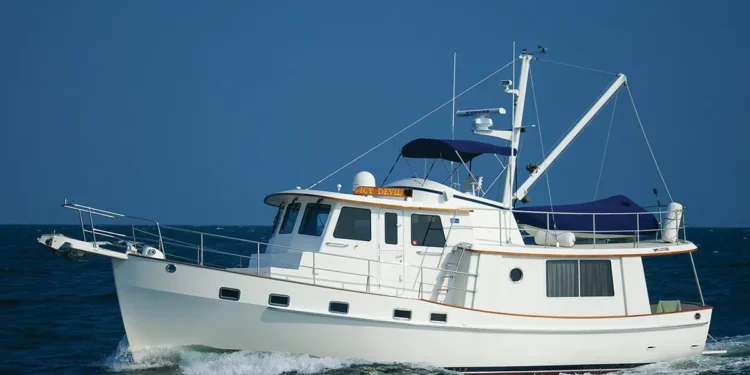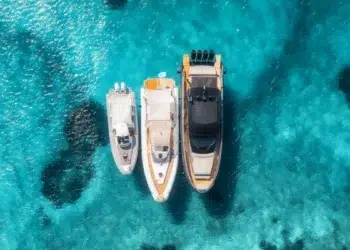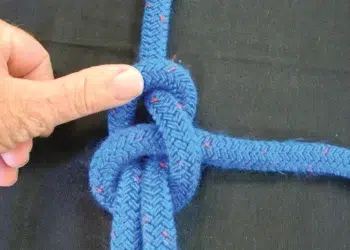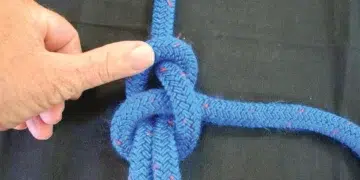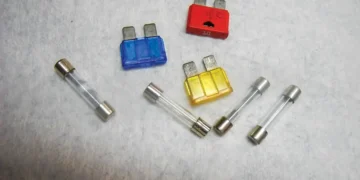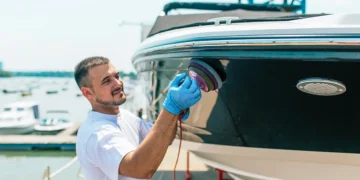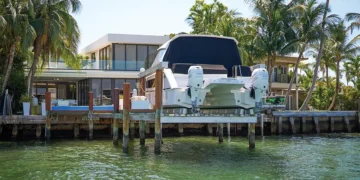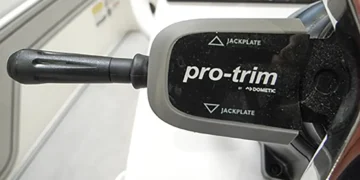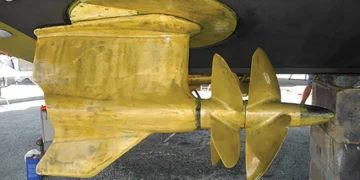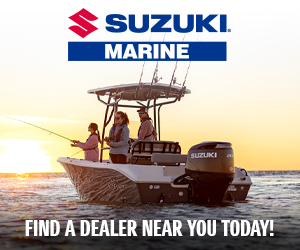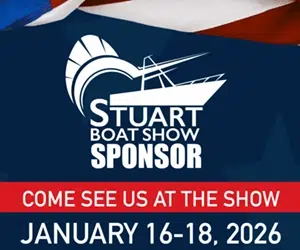What Is the Great Loop (and Why Boat Choice Matters) — Your Great Loop Boat Guide
The Great Loop is a continuous nautical cruise around North America, and a Loop boat will take you on this great adventure. Start anywhere along the route. Head up the East Coast to the Hudson River and into the Erie Canal. Next, you’ll be locking up and over the Appalachian Mountain range and on to Canada and the Great Lakes. Near Chicago, you head down the river system into the saltwaters of Mobile Bay. To complete the Loop, return to your starting point and cross your wake. What an honor to complete 6,000 miles in your Great Loop boat!
Key Facts
Distance: ~6,000 miles; start anywhere; “cross your wake” to finish.
Lowest fixed bridges: ~15’6″ on parts of the Erie Canal; plan alternates if needed.
Chicago fixed bridge (lowest on main route): ~19’6″ air draft target.
Practical water draft: ≤ 5′ (≤ 4′ opens more side trips).
Typical speed: Displacement ~7 kn; many no-wake/slow zones.
Crew ops: Locking + daily docking are routine—practice both.
Hard Constraints for a Great Loop Boat: Air Draft & Water Draft
While there is a perfect boat out there for everyone, the Great Loop has physical restrictions to consider before selecting your Loop boat. First is air draft, the distance from the water to the highest point on your boat. The Champlain Canal requires 17 feet to clear the lowest bridge that will not open. The Erie Canal has a few 15-foot, 6-inch fixed bridges near Buffalo, New York, and Niagara Falls. But there are alternate routes to take if you can get your air draft down under 19 feet, 6 inches for the lowest fixed bridge on the route in Chicago.
Also Read
Must-Have Pre-Cruising Boat Checklist: Safety, Systems & Gear
A Boater’s Pre-Cruising Checklist Before you embark on an exciting cruising adventure, it’s essential to ensure that your boat’s systems...
Next is water draft, how deep of a keel or propeller. While most Loopers try to keep the draft shallower than 5 feet, 4 feet allows for more side trips.
Single vs. Twin Engines for the Loop
Single-engine boats are generally deeper draft than those with twin engines. And, twins do not burn much more fuel than a larger single engine when you compare the same size and type of vessel. So, your preference for single or twin engines works for a Loop boat either way. Docking and locking are essential skills you and the crew must learn. You will be locking up and down throughout your Loop adventure. Most Loopers dock overnight, so if you can dock then you can lock.
Layout & Access: Lines, Fenders, Visibility, Headsets, Maintenance
Access to lines and fenders should be a strong consideration when selecting your Loop boat, too. Besides crew visibility, crew communication at the helm and deck can be a breeze with the right deck layout. One easy way to talk over engines and wind noise is to use hands-free headsets.
Also Read
How to Tie Boat Knots: The Best Cleat Knot & Bowline for Docking
Steps to a perfect nautical knot If you can’t tie a knot, is it better to just tie a lot?...
You will be cruising in many different new places and may not have easy access to a service department. Consider a few basic DIY skills to master while you determine accessibility to your equipment for daily service. If you can’t easily fit, then you can’t easily fix it.
Subscribe Here For More Boating Content
Anchoring and dinghy launching are two more systems you will want to learn. If your dinghy is easy to launch, there are a lot of secluded anchorages and beautiful shorelines to explore.
Select the Right “Loop-Ready” Boat Listing: What to Verify
Many brokers list boats as being Loop Ready. Be sure the listings include aftermarket additions such as RADAR or dinghy davits. If the boat has a mast, check to confirm it can be lowered to at least 19 feet, 6 inches.
Most of the Loop is cruised at displacement speeds, about 7 knots. There are a lot of slow speed zones. But you just might feel the need for speed when you are out in open waters.
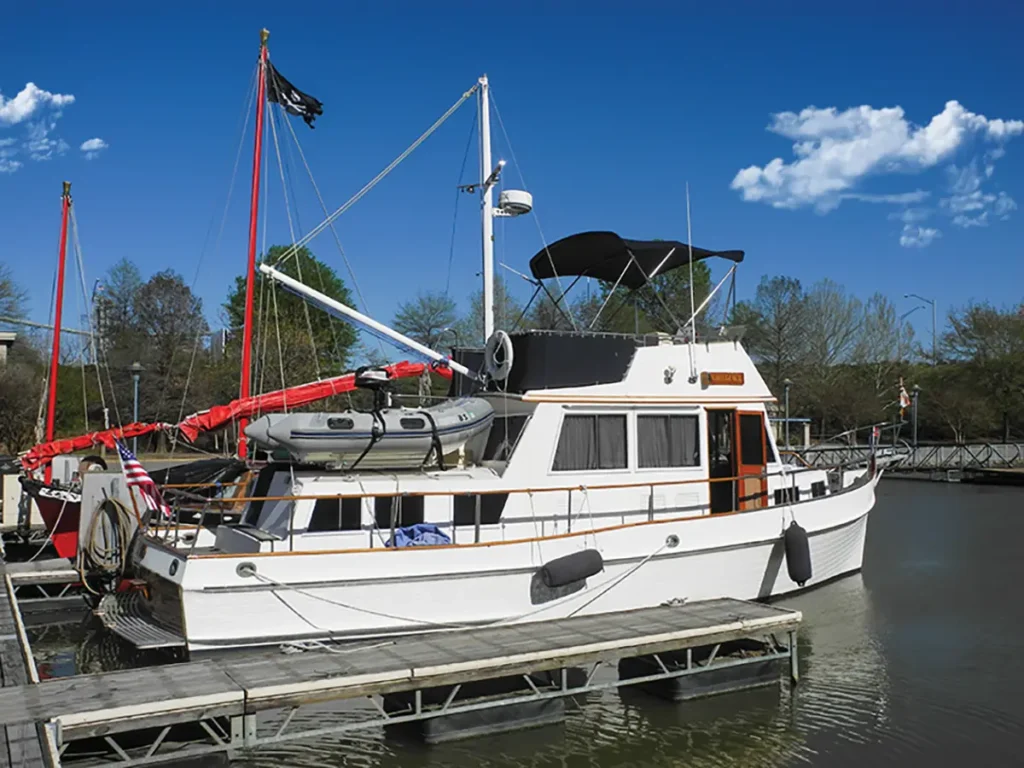
Imagine that your Loop boat provides home base for the next year, so comfort may be at the top of your list. Living quarters should keep the crew smiling while building memories in each new port.
Ultimately, find a seasoned broker who understands what happens on the Loop. A proficient surveyor will evaluate prospective boats for all the bells and whistles. Together, they can help you decide what boat fits your needs, DIY skills, and how to select a loop boat.
10-Point “Loop-Ready” Checklist
Air draft can be reduced to ≤ 19’6″ (mast, antennas, arch can lower).
Water draft ≤ 5′ (prefer ≤ 4′).
Lines/fenders access from helm & side decks; add hands-free headsets.
Single or twins—either is fine; know handling for locks/docks.
Service access: Can you reach filters, seacocks, strainers, belts, impeller?
Spare storage: Filters, belts, fluids, clamps, fuses.
Ground tackle: Reliable windlass; bow roller; rode/chain sized for river stops.
Dinghy/launch system: Easy, safe launch = more anchorages explored.
Comfort: Ventilation/heating, blackout, ergonomic galley, real shower.
Paperwork & support: Pick a broker who knows the Loop + a thorough surveyor.
Also Read
Scenic Stops Along the Mississippi River on the Great American Loop
Trip Snapshot: Grafton, IL → Paducah, KY (10 Days) The portion of the loop from Grafton, Illinois, to Paducah, Kentucky,...
People Also Ask - FAQ
What air draft do I need for the Great Loop?
Plan for ≤ 19’6″ to clear Chicago’s lowest fixed bridge; some Erie segments are ~15’6″ (use alternates if needed).
How deep can my boat draft be?
Aim for ≤ 5′; ≤ 4′ opens more side trips and anchorages.
Are twin engines required?
No. Singles or twins both work—what matters is control in locks/docks and your comfort maintaining the installation.
Do I need a dinghy?
If you want secluded anchorages and easy shore access, yes—and make launch/retrieval simple.
What does “Loop-Ready” really mean?
Verify lowering gear (mast/arch), RADAR/davits, windlass/rode, service access, spares storage, and realistic air/water draft—don’t take the phrase at face value.
By Capt. Chris Caldwell
Captains Chris and Alyse Caldwell are USCG 100-ton Masters and cruising coaches who offer consulting and boat training online or onboard your boat anywhere. Contact chris@askcaptainchris.com for more information.


